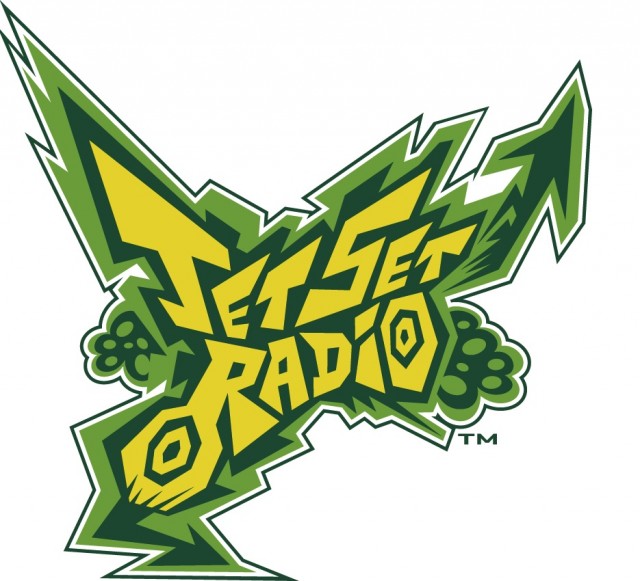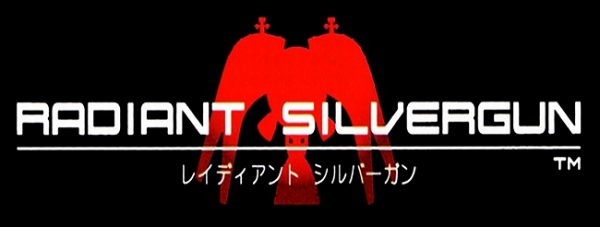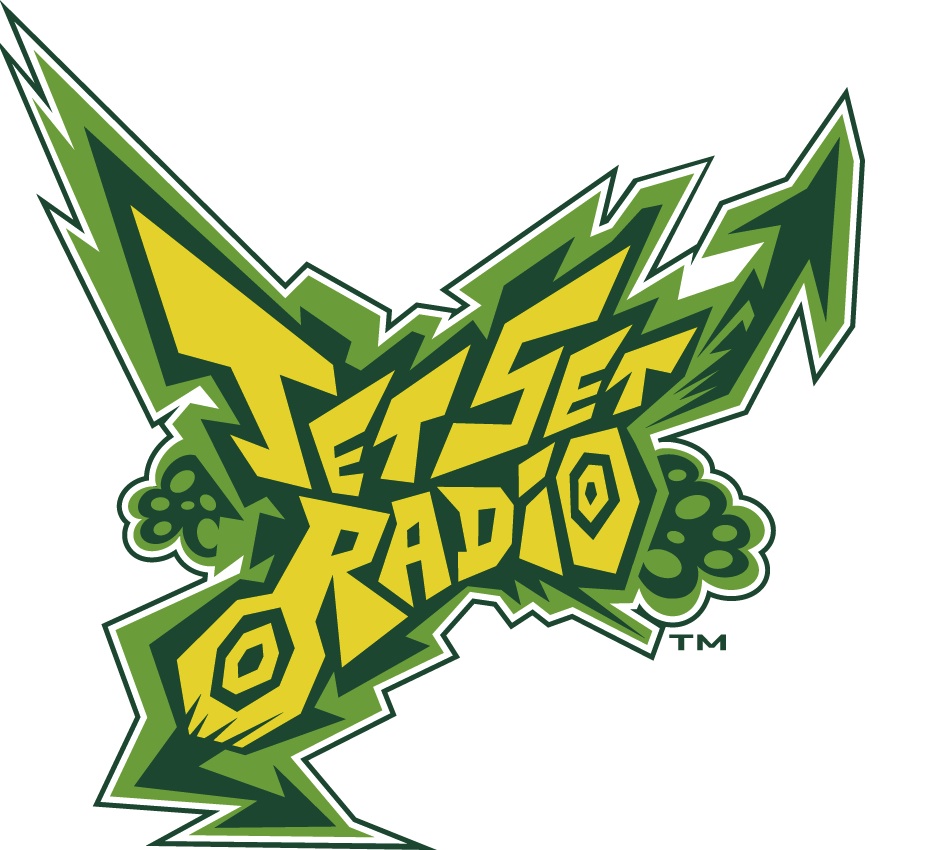 13 years ago
13 years ago
Jet Set Radio review (XBLA)
Nostalgia does not a game make. Nostalgia is the stuff of memories, the stuff of impressions often from a time where taste is unrefined and based on “video games” versus reality (usually video games win, hopefully). Jet Set Radio feels really old. It’s rife with this strange mix of a great gameplay idea, nifty characters and a zany environment but it’s all bogged down with bad level design and flow. By no means is it “bad”, but it’s certainly not up to today’s standards of platforming games, and the proof is in a classic Xbox game: Jet Set Radio Future. There’s a reason they made it the same game but better.
For those of you out of the SEGA-centric loop, Jet Set Radio is an HD remake of the Dreamcast release of Jet Set Radio, a 3D action platformer involving crazy Japanese youth, graffiti and magnetized roller blades. The theme of a group of graffiti-wielding roller blade punks combattin an oppressive, insane private authority muscling in on the town of Tokyo-to (not to be confused with Tokyo) is the setup for Jet Set Radio. Players select from different characters from a group of rudies (the aforementioned punks) called the GGs. Tokyo-to is divided into three major areas each with three sub-areas where players must complete various story challenges to unlock more characters and get to the bottom of the recent craziness in the city. The idea works. It’s just the rest of the game that’s hit and miss.
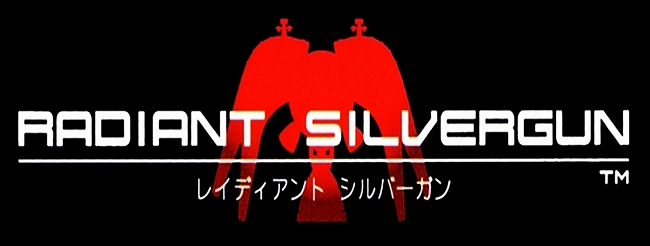 14 years ago
14 years ago
Radiant Silvergun hands on preview
First person shooters typically use the right trigger to fire; for various styles of attacks, beat ’em ups often use X, Y and B; Radiant Silvergun has different weapons mapped to A, B, X, Y, left and right bumper and right trigger. In short, its heavy on the guns. Radiant Silvergun, developed by Treasure, will be joining Guardian Heroes (also developed by Treasure) in the Saturn-to-XBLA port ship. Much like Guardian Heroes, Radiant Silvergun also has some older mechanics that work surprisingly well despite being difficult to acclimate to.
Trenched Africa Port map guide
Featured in this guide
Breakers, Bertha, Broadcasters, Grenade Launchers
Double Fine’s quick tips
Map layout
- Defend Ship Initially
- Defend Artillery Afterwards
Recommended Trench loadout
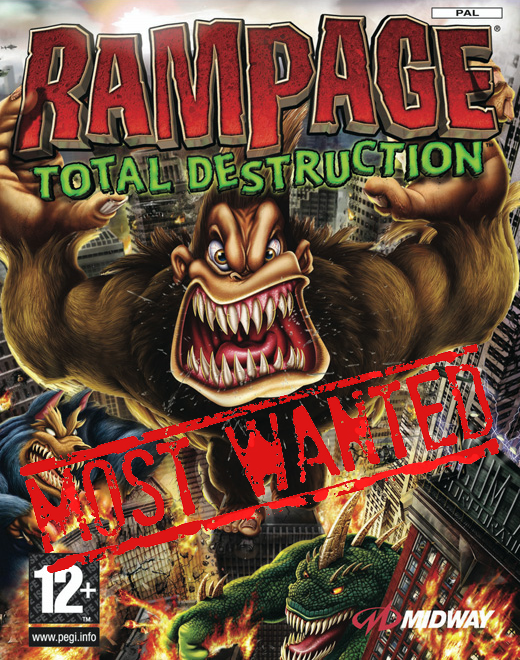 15 years ago
15 years ago
XBLA’s Most Wanted: Rampage Total Destruction
Some franchises will never have enough depth to be full retail titles on current consoles. Pac-Man will never be a 10+ hour action adventure, Burger Time will never be an MMORPG, and Tetris will always be a simple puzzle game at its core. The Rampage franchise is one of those; as addictive as the gameplay may be it’s still very simple on so many levels. There are no adventure quests, there’s no need to “level up”, and it will never need big name Hollywood voice actors. But that doesn’t mean the franchise needs to be buried six feet under. Xbox Live Arcade has become a hotbed for smaller-scale titles. Whether the game is a trip back in time in the form of a remake a new IP it provides the perfect platform for smaller scale, smaller price games. That’s where Rampage Total Destruction comes in.
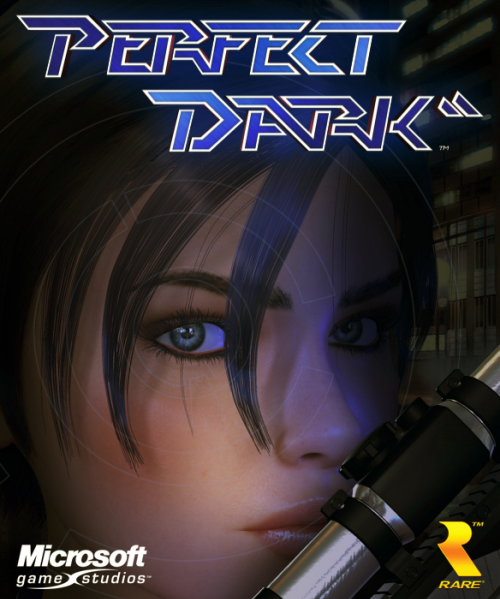 15 years ago
15 years ago
Rewind Review: Perfect Dark (XBLA)
Perfect Dark was ported to the Xbox 360 by 4J Studios. It was originally developed by Rare and published by Microsoft Game Studios. It was released March 17, 2010 for 800MSP.
When Perfect Dark was released over a decade ago on the Nintendo 64 it was the definitive shooter for its day. It started with everything that was great from GoldenEye 007 and took it beyond the limits a movie adaptation is forced to have. Rare offered everything from co and counter operative gameplay to multiplayer challenges with bots. The game received rave reviews from critics at the time.
Players first learned about the Xbox Live Arcade port in April 2009 via a single leaked screenshot of a developer’s dashboard which showed the icon of Joanna Dark behind the developer’s avatar. The leak was confirmed in June of that same year by none other than Xbox Live’s Major Nelson. But like so many games from yesteryear consumers had doubts as to whether the game truly lived up to their memories.

